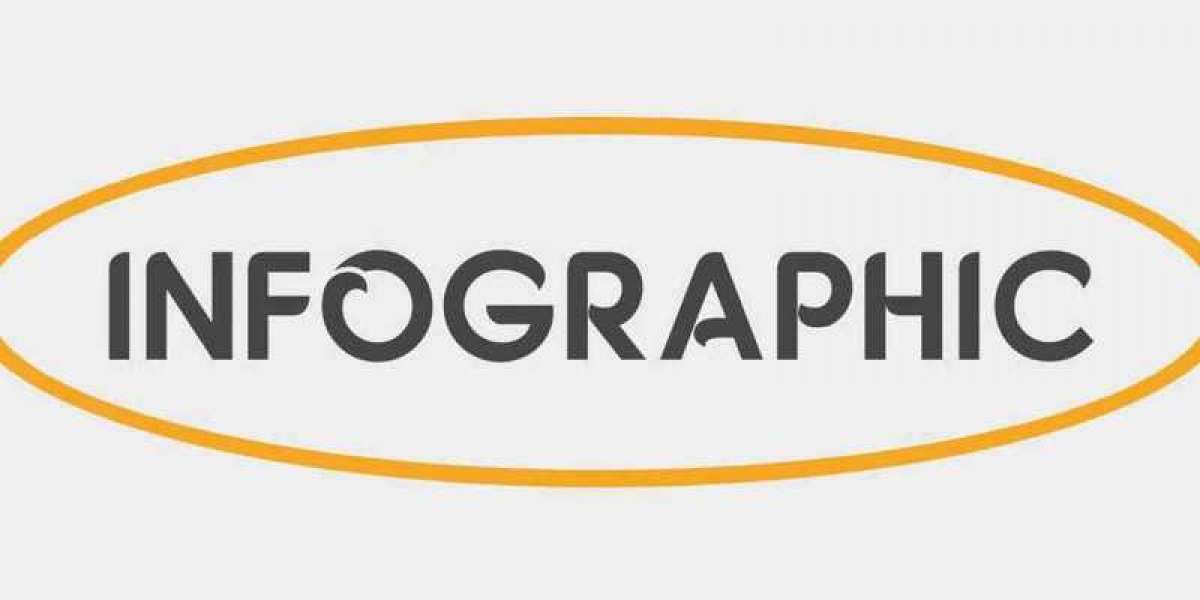The insurance industry continues to change because of new emerging technologies. One of the biggest changes is Electronic Data Interchange (EDI) which helps insurance companies do a better job.
EDI or Electronic Data Interchange was first introduced to help companies exchange business documents during the 1960s. Over time EDI formats and protocols are becoming more and more standardized. Businesses have integrated their internal systems with their trading partners, which has enhanced efficiency and reduced errors.
What is EDI?
Electronic Data Interchange (EDI) is the electronic transmission of corporate data, enabling businesses to communicate electronically instead of using paper documents. It standardizes information sent in business papers, allowing for "paperless" exchanges, particularly in purchase orders and invoices.
EDI in Insurance: Benefits, Significance and Use Cases
EDI in insurance has no doubt simplified various processes and eliminated paperwork. But the benefits of EDI go far! Here’s how EDI support services can change your insurance experience:
- Faster decision, faster payment
- Accuracy is paramount
- Improves Communication
- Overall cost savings
- Enhanced Customer Experience
- Improved Fraud Detection
- Reduce Human Error
- Reduced Paperwork
How to Implement EDI in Your Insurance Company
The insurance world is embracing the power of EDI, and for good reason! But how do you go about the process of implementing EDI-managed services in your insurer? Here is a breakdown of the keywords involved:
Planning and Needs Analysis: To integrate EDI, define your goals like faster payment processing, improved communication, or reduced costs. Review your current software system for compatibility issues and choose a team with IT, information management, and other departments.
Partner Selection and Onboarding: Identify top insurance EDI solution providers, review vendor solutions, and negotiate contracts to ensure solutions fit your needs and budget, ensuring services, costs, and implementation timelines are clearly defined.
Data Mapping and Standardization: To ensure data exchange in the insurance industry, define data standards like HIPAA and ACORD, work with EDI provider for data mapping and translation, and rigorously test EDI systems for accuracy.
Approval of Training and Use: Develop training materials and workshops for employees on EDI system usage, offer ongoing support and address any questions or concerns during the transition process.
Go-Live Evaluation: Launch and monitor the EDI system after testing, continuously analyze performance to identify areas for improvement and update the solution to adapt to industry standards.
Future of EDI in Insurance
EDI has revolutionized the insurance industry, transforming business processes and increasing productivity. But the future holds even more exciting things! Here’s a peek at what’s on the horizon for EDI in insurance:
- Integrate API and EDI
- Cloud-Based EDI Systems
- Advanced Security Protocols
- EDI’s Integration of Blockchain
Conclusion
The insurance industry has seen a significant transformation because of EDI. It has streamlined real-time communications and sped up the claims processing process, EDI gives a variety of benefits to insurers, healthcare providers, and policyholders. EDI is going to be always necessary to promote a simple, transparent, and customer-focused experience even as the insurance sector evolves. Now, let’s explore some basic questions about EDI in insurance:
For more details: https://www.a3logics.com/blog/importance-of-implementing-edi-in-insurance







